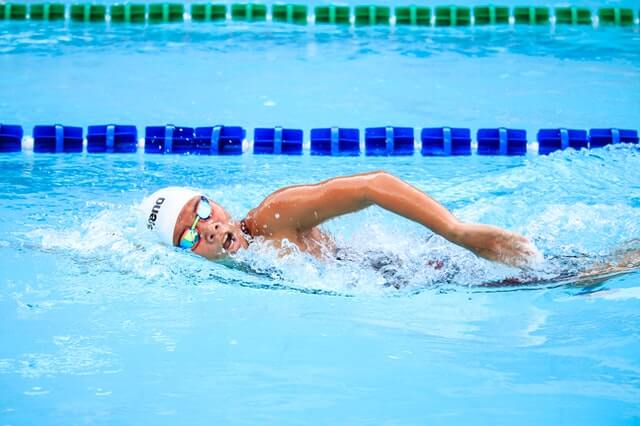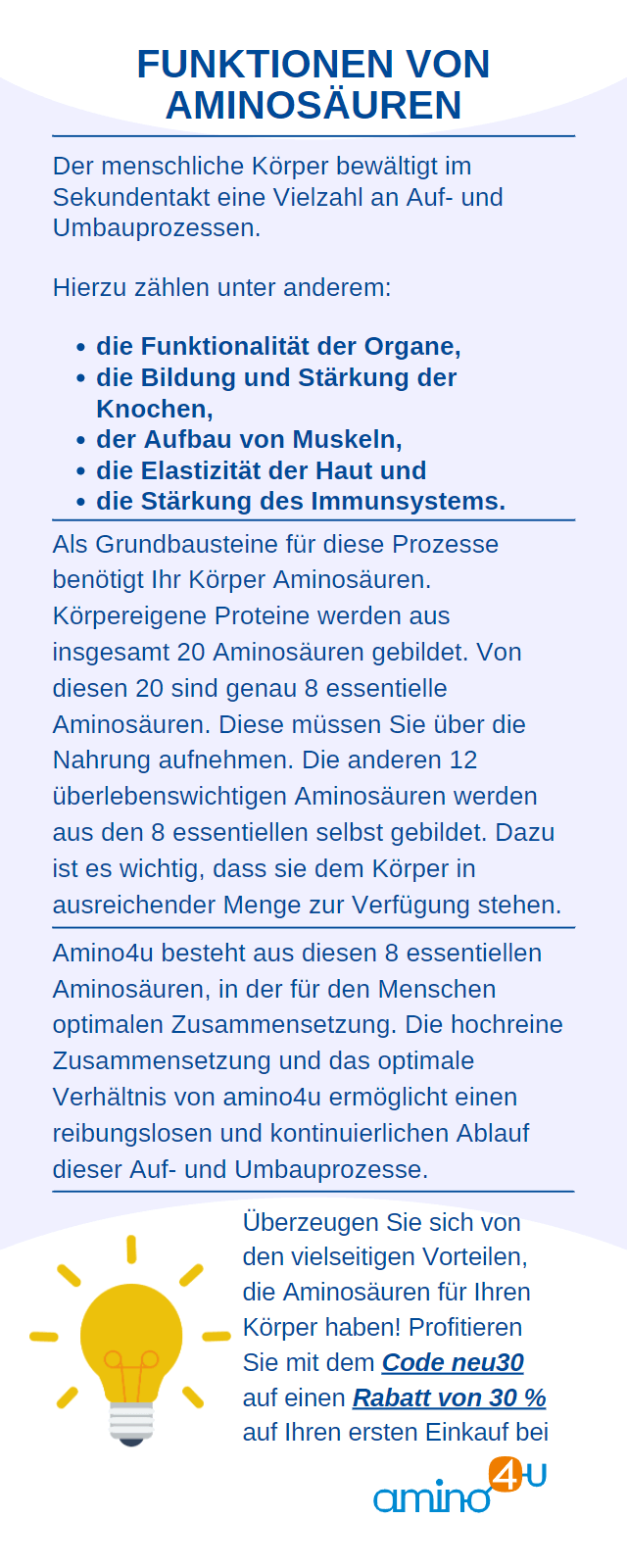Strength training triathlon: Triathlon is rightly the supreme discipline of endurance sports. Here the three sports of swimming, running and cycling combine to form a demanding whole. Does it make sense for triathletes to specifically define muscles and do strength training?
What role does muscle growth and a diet geared towards it play in building more endurance and speed? We have investigated this question for you and have compiled the most important findings in this article.

Endurance and strength training in triathlon: one unit
Often, not even sports scientists agree on the question of whether they consider strength, speed and endurance in the same way. Some experts are reporting concerns about strength training in endurance sports such as cycling . They fear an unnecessary increase in weight and thus a reduction in performance. These aspects are summarized, for example, in a study by the International Journal of Sports .
Some experts are increasingly taking the view that strength and endurance belong together in sporting performance. This opinion is supported by other study results . Particularly related to female endurance runners .
What does endurance stand for and what does strength stand for in triathlon?
Sports experts justify the separate consideration of strength and endurance with the different associated processes in the human body. In the two training areas of strength and endurance, various physical adaptations are addressed to a training stimulus. Here it is worth defining the respective training areas specifically and taking a closer look at the goal of the respective training:
During endurance training, athletes regularly focus on increasing their oxygen absorption capacity. At the same time, we aim to use training to optimize the physical energy supply systems and cardiovascular function.
Those who train for strength, on the other hand, aim for muscle growth and increasing muscle mass. We are improving the maximum strength here . This reference to maximum load is important because sports scientists also know speed strength and endurance strength as separate training areas.
Apparently, endurance athletes train different physical functions than strength athletes when they want more endurance/speed. Anyone who looks at the two fields fails to realize that without muscle strength, top performance in the cardiovascular area and lung function, for example, is not possible.
See strength training in cycling : methods and exercises for improving performance and prevention, Andreas Wagner, Sebastian Mühlenhoff, Elsevier Health Sciences, summary in the prologue with further evidence.
How dependent are top performances in terms of speed and endurance on muscle function ?
Muscles and endurance
When running, you can clearly see how important defined muscles are for endurance performance and sprinting. Which muscles are involved in runners?
These muscle areas play a key role:
- Musculature
- the feet
- in the stomach and back
- the calves
- in the arm and shoulder area
All of the muscle groups mentioned come together in one movement unit when running. When sprinting for speed , but also for endurance, it depends on what the existing muscles are like.
Anyone who only sees the lanky, skinny athlete in their mind's eye when it comes to running and this endurance sport fails to understand the importance of muscles for running performance. Running trains the muscle areas mentioned. On the other hand , targeted strength and weight training for these muscles increases performance and thus overall athletic performance.
That's why triathletes today train like a strength athlete in the weight room for maximum strength in the most important muscle groups. It is no longer the case here that weight training for endurance athletes is an easy, accompanying muscle training for speed and endurance strength. It is not without reason that the German Swimming Association, for example, presented new concepts from 2016 onwards to enable competitive swimmers to achieve top performance through more muscle mass.

The right training combination for triathletes
As a triathlete, if you look around for training recommendations , you will often find tips for one thing or the other. This isn't necessarily helpful because it could come down to the right timing when combining both training areas. For example, you may be wondering whether strength comes before endurance or vice versa. Let's look at how muscles, strength, endurance and speed are usefully connected on the bike, running and swimming.
What applies to cycling?
Coaches and sports scientists increasingly see strength as a key success factor in cycling. The appropriate muscle strength is essential for sprints, mountain rides and in the final sprint.
The focus is particularly on increasing maximum strength through training , which will have a positive effect on strength endurance and speed. Well-trained muscles are associated with improved muscle efficiency, which, according to experts, also determines success and failure.
So A.Wagner, S. Mühlenhoff, Elsevier Health Sciences, under 1.2.2.
Running and weight training
Scientific studies show that runners benefit from strength training sessions with weights. Core training is particularly important - strength units for the pelvis, spine, hips and torso .
Training with free weights is often recommended for endurance runners. There is no scientific basis for this training recommendation . At first glance, it's hard to see why free exercise is better for runners than sweating on weight machines. Experience is often used as an argument here.
Is swimming already strength training?
Since swimming requires many muscle groups, swimming in itself is a form of strength training. The intense movement in the water helps to define muscles and generate some muscle growth.
However, as with strength training in cycling and for runners, it should be noted that experts believe that a real increase in performance can only be achieved with targeted maximum strength training. We had seen the recommendations of the swimming association. A current study from 2020 comprehensively shows the connection between performance and trained maximum strength, especially in the latissimus pulley.
The latissimus is the broad back muscle that you as a triathlete train specifically on the butterfly machine or lat pulldown, for example.
Strength training triathlon: how does it work?
There are hardly any standard recommendations on how triathletes build and design their strength training units . Former active athletes often pass on their experiences here. Some principles can be gleaned from scientific studies and targeted research with endurance athletes.
- Strength training sessions require high resistance for endurance athletes.
- Regular, separate units for maximum strength training are recommended. These must be separated from normal endurance units in time. This recommendation is based on the results of scientific studies . These show that strength and endurance exercises can hinder each other in the same training session. This means that optimal training results cannot be achieved in any of the areas. The combination of strength and endurance sports units in one unit is called concurrent training.
- If we look at the connections between muscles, strength and endurance, strength comes before endurance and speed. If you don't want to do without concurrent units when training for a triathlon , you should first train your maximum strength and then your endurance within the same training unit.
Muscles, endurance and nutrition: proteins are important
In this section we will talk about another aspect related to building muscle mass. Eating before exercise and eating after exercise are also points that play a role. Strength athletes and bodybuilders have long considered it a truism that muscles are also created in the kitchen and at the dinner table.
The issue here is the interaction of a training stimulus with the “ right protein ” from the perspective of the strength athlete. The strict nutritional regime of bodybuilders is only of limited use as a role model for endurance athletes . Above all, endurance athletes want to build muscle.
Nevertheless, the supply of amino acids and protein is crucial for optimal performance for endurance athletes.
The following connections are important here:
-
As the smallest building blocks of protein, amino acids are essential for many body functions.
- The protein building blocks form, among other things, the basis of our body tissue and thus the muscles.
- Amino acids have another important function in sport. During endurance sports, the body initially draws on its glucose reserves. When glucose stores are depleted, our body also obtains energy from protein. What does that mean? Amino acids can be crucial in sports , especially when it comes to the decisive moments at the end of competitions. They then provide the triathletes with the energy that determines success or failure.

Triathletes are well advised to focus intensively on optimal protein supply. Muscle building and endurance benefit equally from this. Nutrition and training absolutely go hand in hand. If you want to build muscle, you can't ignore protein. A targeted dietary supplement makes sense to cover the increased need for protein during intensive training sessions.




